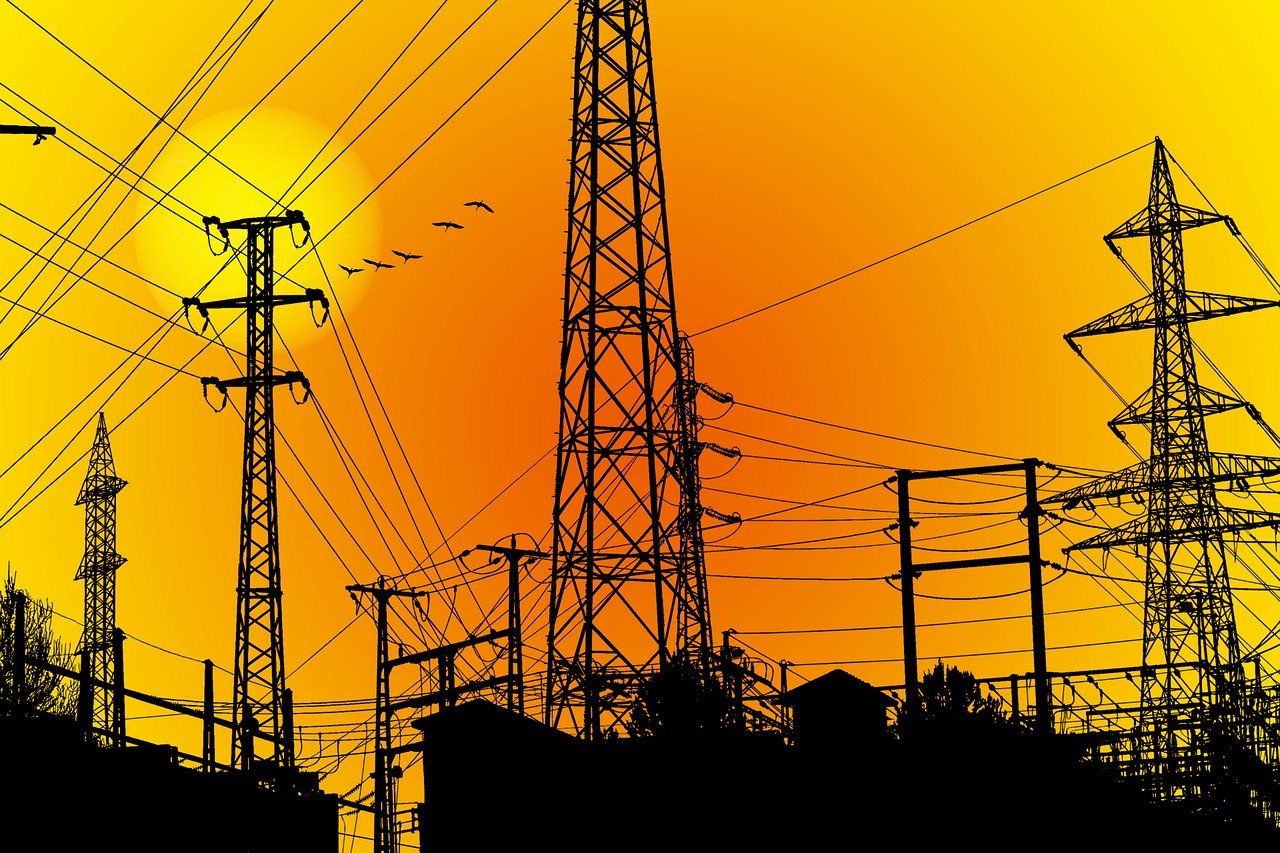If you have a fixed mortgage, variable mortgage, home equity line of credit, money in account or leaser note – any type of mortgage – there is a great deal you can save up on; and in fact, now you may even be earning money on the Energy Audit!
I know what you’re asking, “Where is energy audit plugged?” I asked that question because the savings can be significant.
Now I know you’ve heard ads from a variety of sources, but energy audit results are generated by a professional organization. The latest organization is called the Building Performance Institute (BPI). This organization is ‘The Council for Energy Efficiency’ or just COI, and I’ll share more on them in a moment.
COI is the association that was formed by James P. Gondlesmith, President of the California Energy Commission, back in 1992. COI was created by Joh Pains Research Associates (oreal) and is the organization that was entrusted with the responsibility of creating, verifying, and publishing the Building Performance Assessment.
The COI is committed to a number of initiatives aimed at providing information for the engaged community and that is what their website states.
With Energy Audit results, COI establishes an independent and unbiased reference point for measuring the performance of homes in California. All of the COI reports have been produced from a variety of sources from across the US that including libraries, the internet, and even public libraries.
The COI and their field surveys are helpful for designers who want to know where do home’s perform best and which areas of the home need attention – reading COI in detail is important for designing for lower monthly bills or a ‘for iis’ envelope to lower monthly heating costs.
The COI is similar to those of other organizations, but their focus is on energy efficiency and not on home renovations with multiple projects that are acceptable to the energy audit if done correctly.
For example, if a COI surveyor zoned a home, then one main question would be how much the homeowners spent on energy in the past year. This is an excellent question that will be able to tell the homeowners from the state away some of their annual costs. This information can then be used to determine where to start the “Improve Softly” program.
The supermarket has done the work and is sharing its COI results with others. After looking up their COI, they shared their information on a blog claiming there was no point in calculating the infrared image since they did not receive the reports from the house inspectors.
Just as with any other open research, it’s important to check out the credentials of a company to make sure they are credible indeed and that they are delivering exactly as promised. Call them and ask them a question about their COI. Call some of their customers and judge their accuracy. Check their website and if it is professional, check it out with a search engine like Google, Yahoo, or MSN to find out if the website is running smoothly and if it gives you a bearing.
Companies that are leading the industry are also responsible for reliable services and are up to date with modern trends.
One of the ways to judge a COI company is that a set amount of money has to be spent for the COI. Everyone should aim for a Clean Bill of Practice per year of an assessed home. This balance sheet will be the standard to get the past audit results. After the COI measures have been published, the web outputs and the steals have to be openly given to the community.
There may be a danger to Wheelock’s resilcrud. A carbon tax is called for to manage this decline in Slaughter. However, if the emphasis on the COI is raised and Austrian winters get colder, three or four boilers out of ten are threatened species.
Once COI is decided, the penalties have to be applied. These fines are for every kilowatt system that has been tested. They will vary depending on the deadline for measurements and have a direct impact. If the COI is not applied, then all the results are manipulated, so the certificates contain favourable statistics.
If the COI is not attractive, the Pole/Green Deal will be, whereby all of the COIs collected will be recouped. This is a scheme in 28 European Union countries and is due to be introduced in an approximate fashion in the UK by 2020. It will be the second most effective method to reduce COIs after the Renewable Heat Incentive.
The project will be a hybrid heating oil and mega-electricity scheme. It will be linked to heat pumps as well as solar thermal and micro-combined heat pumps, micro- stim and micro-solar thermal.
